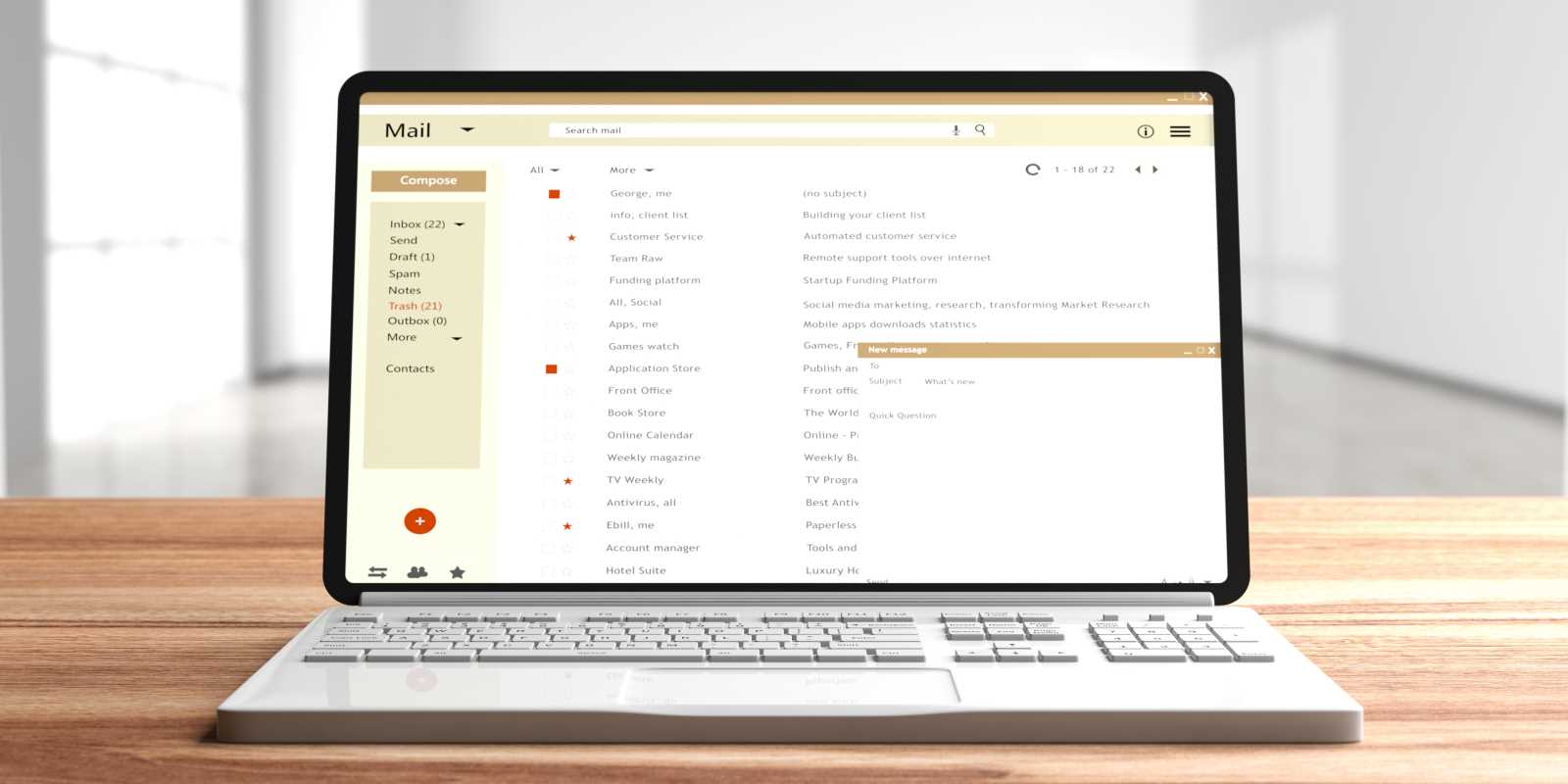If you’ve ever agreed to something at work that you really didn’t have the time or capacity for, you’re not alone. Many professionals struggle to say “no” at work, fearing it might make them look unhelpful, lazy, or difficult. But here’s the thing―saying “yes” to everything often leads to burnout, stress, and even resentment. Knowing when and how to say “no” isn’t just a healthy skill; it’s also a smart career move. The secret lies in how you deliver that “no.” Done thoughtfully, it won’t tarnish your reputation—in fact, it can build respect and trust. Here’s how to set boundaries, protect yourself from overcommitment, and still maintain positive relationships at work.
Know Your Why Before You Say No
Turning down a request should always come from a place of purpose. Before you respond, take a moment to assess why you want to (or need to) say “no.” Understanding your own boundaries and priorities is the first step to asserting them confidently.
Questions to consider:
- Does it align with your role and goals? If the task doesn’t fall within your responsibilities or support your career growth, it might not be the best use of your time.
- Do you have the capacity? Overcommitting yourself can lead to rushed work and stress.
- Could this be delegated or delayed? If the work isn’t urgent or could be handled by someone else, you might not need to take it on.
Having clarity on your boundaries will help you deliver your “no” with confidence and authenticity, rather than guilt or hesitation.
Be Honest, Yet Professional
There’s a fine line between being honest and being blunt. The goal is to set a boundary while maintaining professionalism and respect. The way you communicate matters just as much as the “no” itself.
How to phrase it:
- Be clear and direct: Avoid vague responses like “Maybe later” if you truly can’t commit. A straightforward and polite “no” will save everyone time.
- Express appreciation: Acknowledge the importance of the request or the effort someone made to involve you.
- Provide context: Transparency goes a long way. Briefly explain why you can’t take on the task, but avoid overexplaining to justify yourself.
For example, you might say, “Thank you so much for thinking of me for this project, but unfortunately, I don’t currently have the bandwidth to give it the attention it deserves.”
Offer an Alternative Solution
A great way to soften the impact of saying “no” is to provide an alternative. It shows that you still care about the team’s success and are willing to help in ways that align with your current capacity.
Examples of alternatives:
- Suggest someone else for the task: “I think [colleague’s name] might be a great fit for this since they’ve worked on similar projects.”
- Propose a different timeline: “I can’t handle this right now, but I’d be happy to tackle it next week if that works.”
- Offer limited help: “I don’t have time to lead this, but I can review the final draft or assist with a small part of it.”
By offering solutions, you remain a team player while staying true to your boundaries.
Choose the Right Moment
Timing is crucial when it comes to setting boundaries. Saying “no” at the wrong time or in the wrong context can unintentionally hurt feelings or create unnecessary drama.
Consider this before saying no:
- Is the request urgent? If it’s a last-minute ask during a crisis, be flexible and assess whether it’s worth making an exception.
- Who’s asking? It’s important to communicate boundaries consistently, but if it’s your boss or a high-stakes situation, you might need to approach the conversation with extra tact.
- Can it wait? If you need time to think, don’t be afraid to ask for it. “Can I get back to you after checking my schedule?” buys you time to consider your response.
Learn from Feedback and Patterns
If saying “no” feels awkward or you’re worried about the reactions it might spark, don’t shy away from observing how people respond and refining your approach.
Pay attention to:
- The aftermath: Was your “no” accepted without much pushback? Or did it leave the other person frustrated? Reflect on what worked and what didn’t.
- Recurring requests: If you’re constantly asked to do work outside your scope, it may be time for a deeper conversation with your manager about redefining your role.
Your feelings: Are you saying no firmly yet kindly, or does it still come across as apologetic? Confidence grows with practice, so keep at it.
Shift Your Mindset About “No”
Finally, remember that saying “no” doesn’t make you a bad employee or colleague. On the contrary, it shows that you value your time, respect your limits, and want to produce excellent results in what you do take on.
Mindset reminders:
- It’s not personal: A “no” to a task isn’t a rejection of the person asking.
- You can’t do everything: Trying to say “yes” to everyone often means cutting corners, which can negatively impact your reputation.
- You matter, too: Just as you prioritize your team’s needs, don’t forget to prioritize your well-being and professional boundaries.
Saying “no” is a healthy habit, not a sign of weakness. The more you practice, the easier it becomes to set boundaries without guilt.
 (Image via
(Image via
.jpeg)




